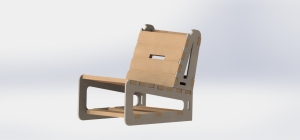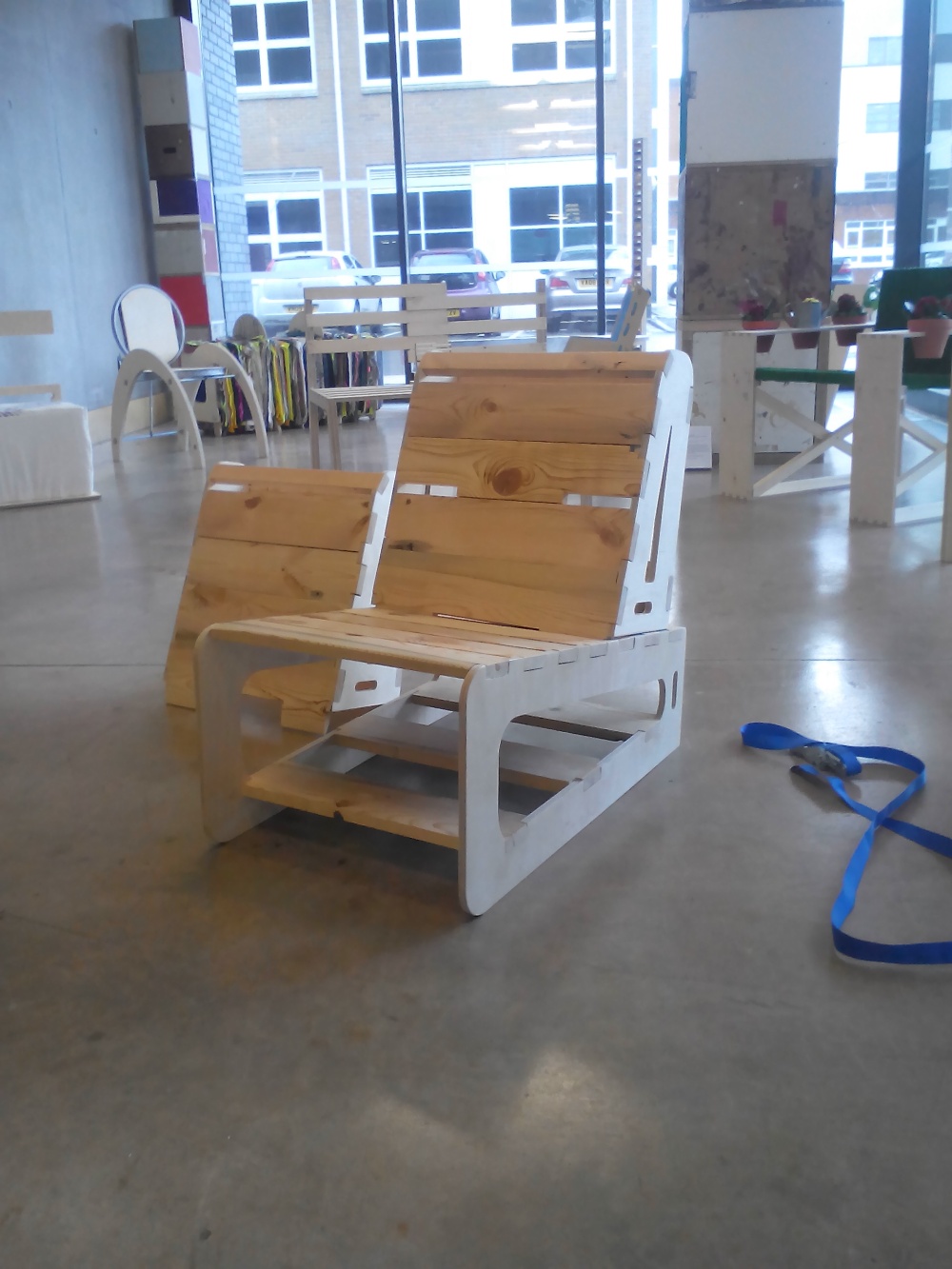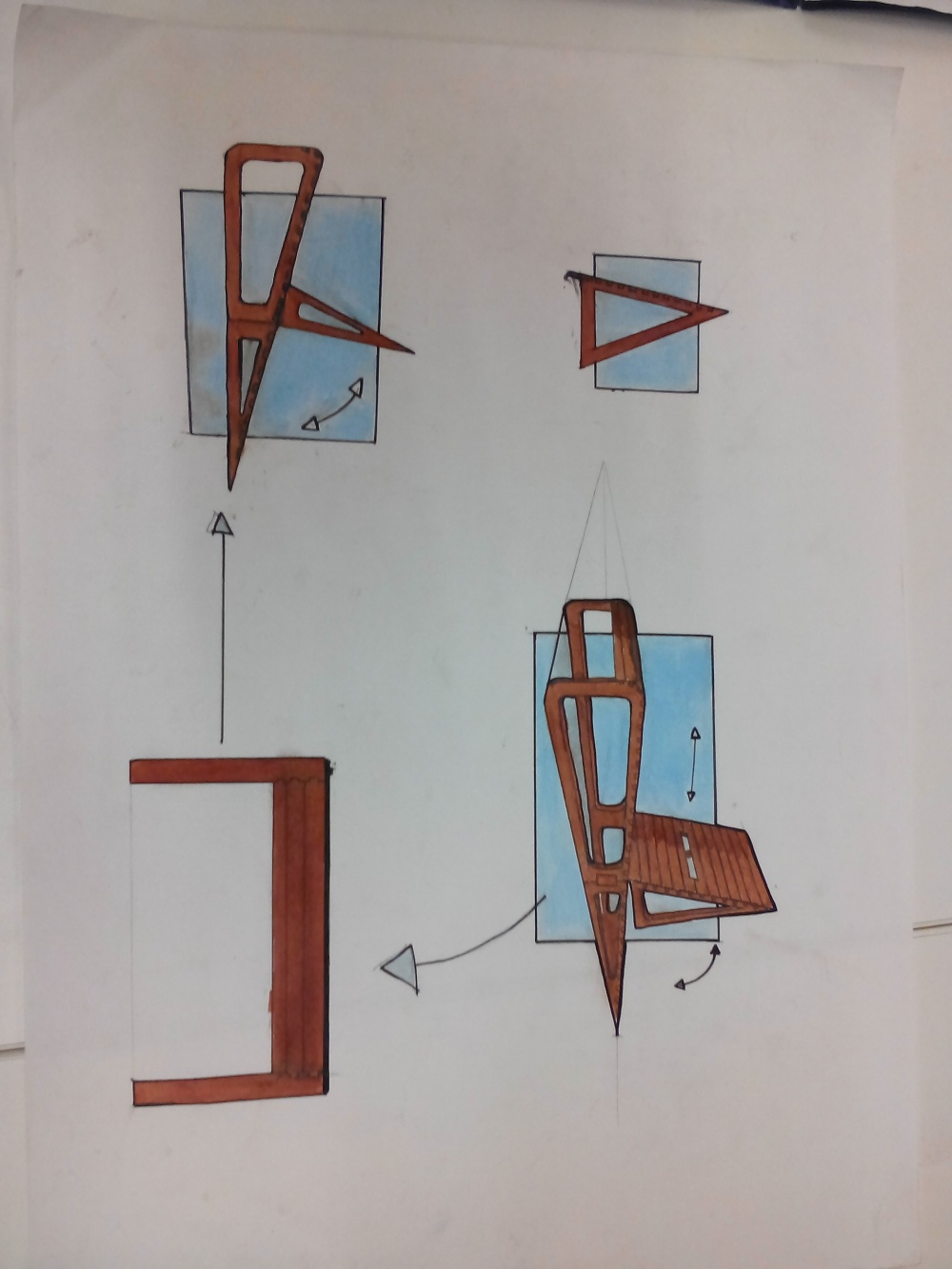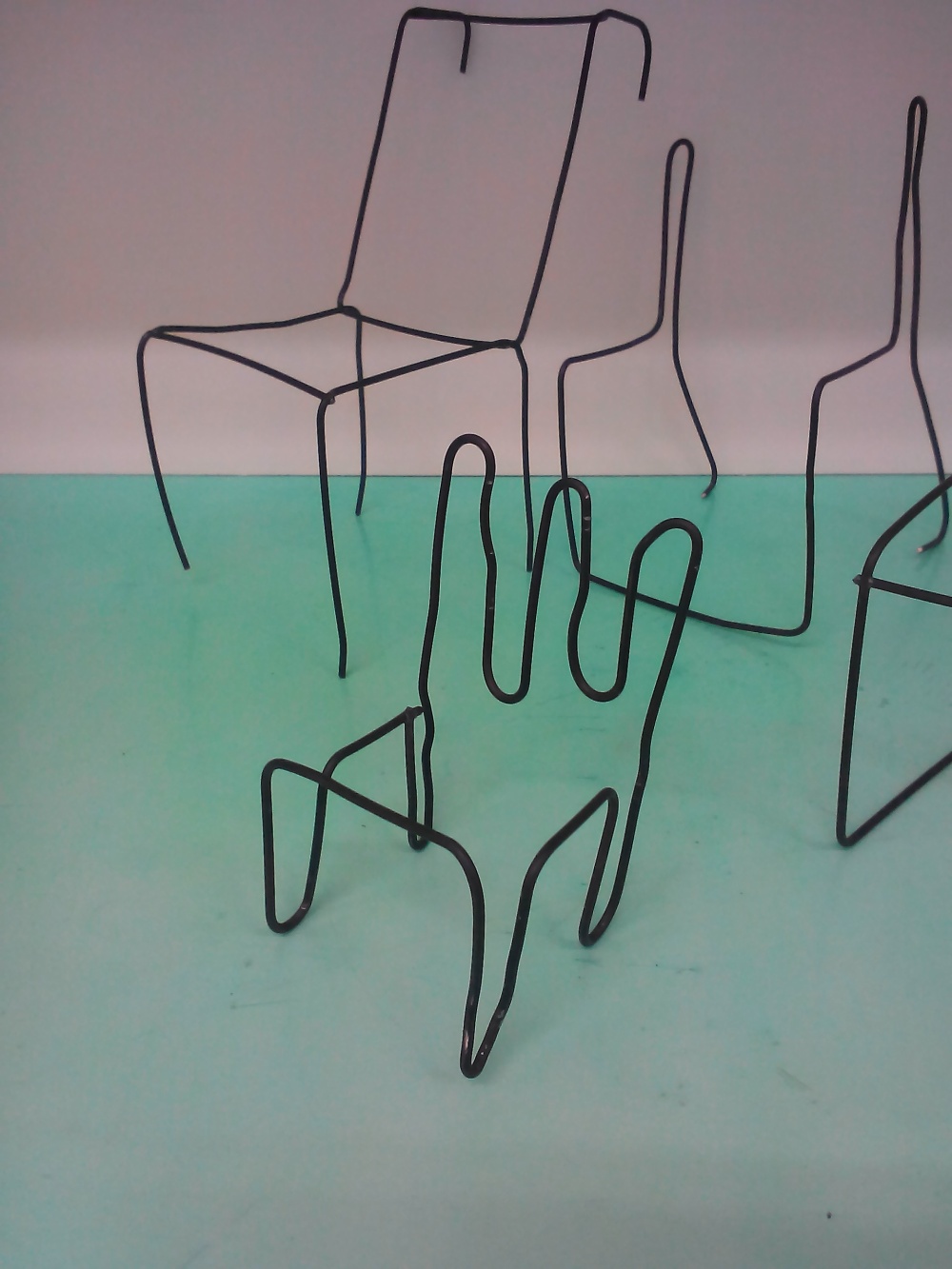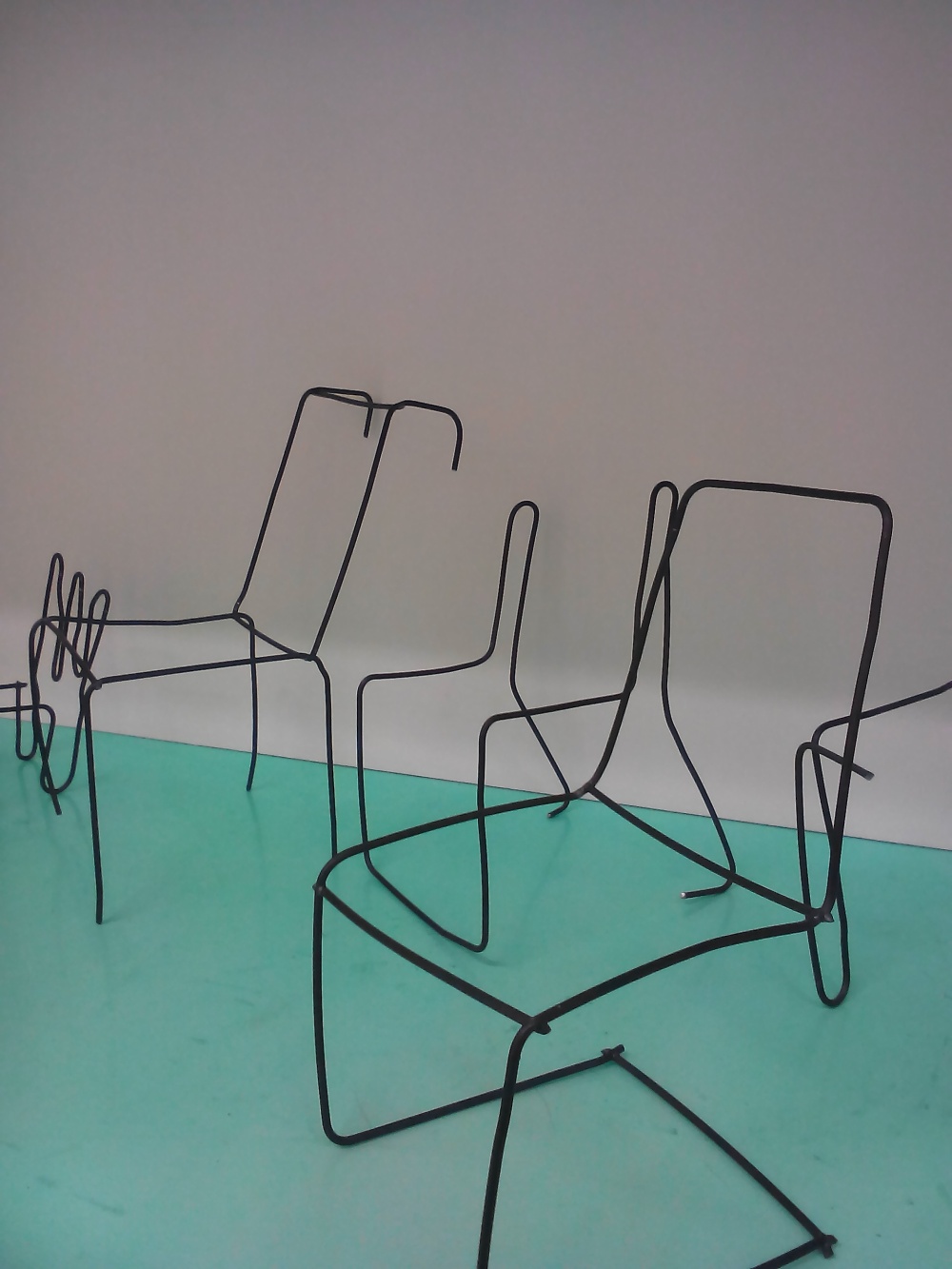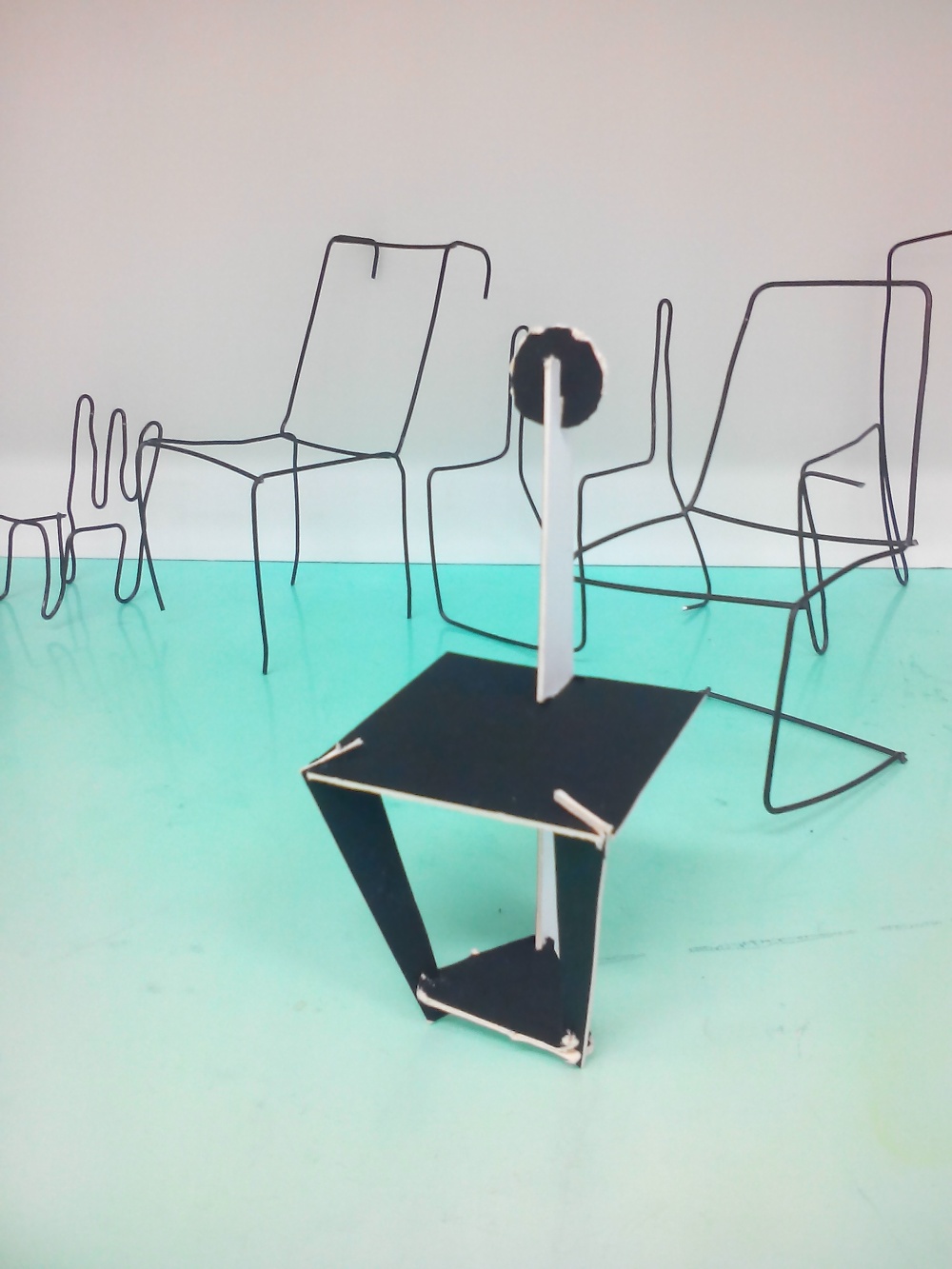summary PDP for both field projects
The two projects havent really influenced my work this year but im planning on using alot of what ive learnt next year such as, the coding i learnt from the Kinetic environments will be applied to my prototype models. I want to produce working electrical prototypes for my end of year show next year. so as a summary on kinetic environments i will say that it has helped me massively in my subject, by providing me with the skills i neede, as a BA student i dont get taught circuitry like the BSC students do.
for the second project i had already had lotof hands on experience with woodcraft and meal work, but thats not too say it wasn’t beneficial. during this project there was alot of designing which is what im heavily involved in anyway with product design but my drawing skills improved vastly. CAD was also apart of the project an i can say that my skills in that area improved greatly too. this year it didn’t fit in with any of my projects but designing and making furniture is a love of mine and i grasped the opportunity when it came. however next year i pondering on the idea of doing a artefact with my dissertation about the Memphis group. i want to design my own piece of furniture based on the design ethos of the Memphis era. i also may include some furniture into my subject next year. The
things i really enjoyed about this project was the teaching from Richard Morris he was amazing and could help in any way possible. i really enjoyed the making side of things as i mentioned its a love of mine. another enjoyable aspect was the opportunity to attend a chat from a renouned furniture designer this chat inspired me a bit and helped me with my design process.
theres only a few things that could be improved for both projects such as for the Kinetic enviroments the project needs more concentrated learning on the coding side of things only because we were briefly shown how to do it but not enough to be able to do complicated programming also they need more resources to be available because alot of the time we couldn’t make certain things because the university hasnt got any (sensors, etc…) and for the are you sitting comfortably project, i would say that there needs to be more materials provided as we were quite limited to how much and what we wanted to use. a more in depth project brief, the brief was okay this year but i think some nicer more challenging briefs could be used.



